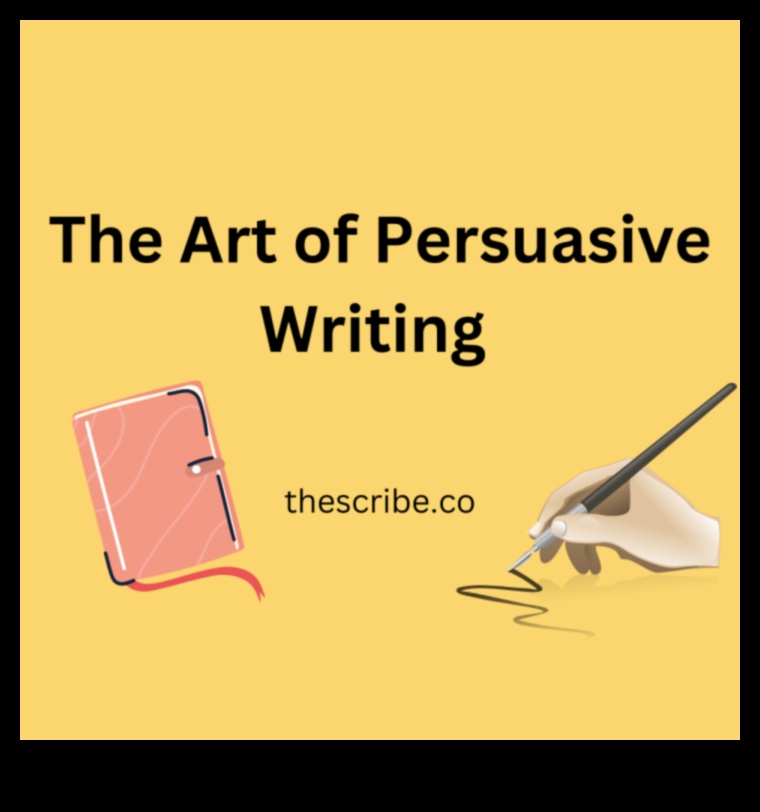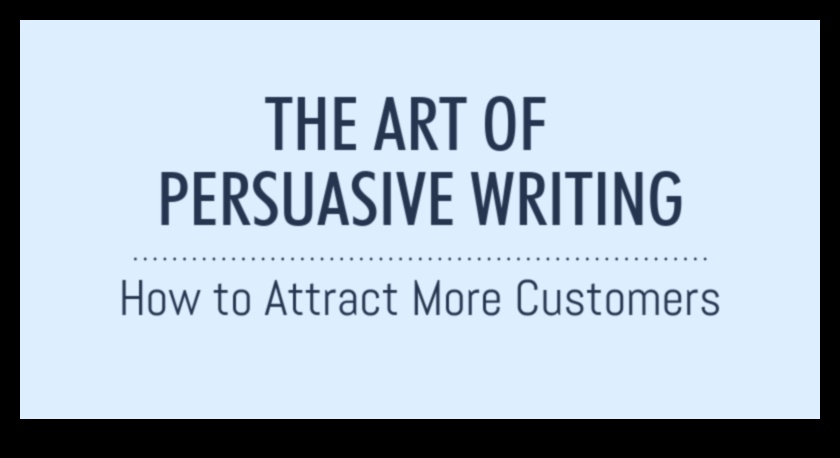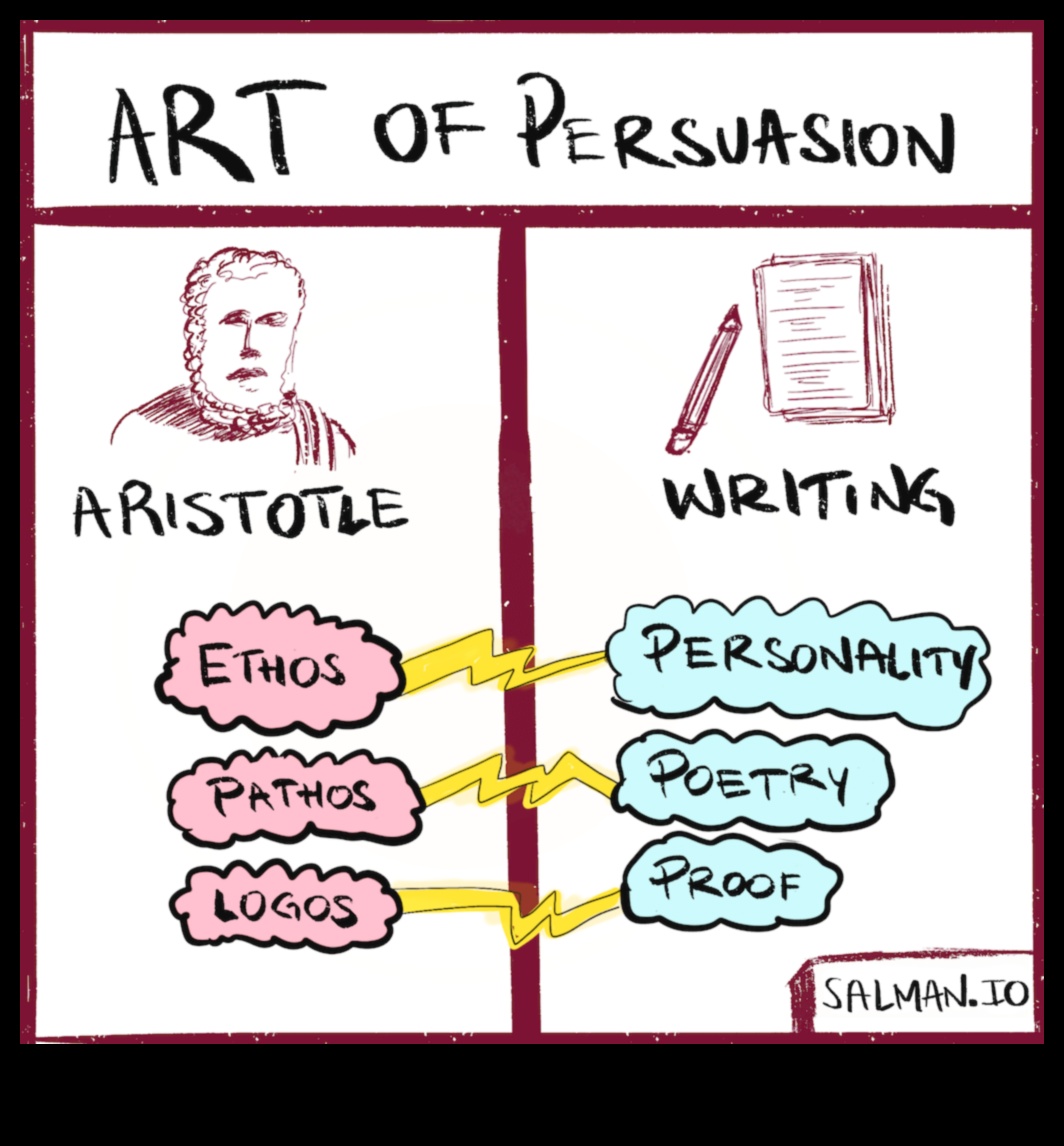
I. Introduction
II. Choose a Topic
III. Gather Evidence
IV. Organize Your Evidence
V. Write an Introduction
VI. Develop Your Argument
VII. Support Your Argument with Evidence
VIII. Conclude Your Argument
IX. Revise and Edit Your Essay
X. FAQ
| OUTLINE | LSI Keywords |
|---|---|
| I. Introduction | editorial essay |
| II. Choose a Topic | essay writing |
| III. Gather Evidence | persuasive writing |
| IV. Organize Your Evidence | opinion writing |
| V. Write an Introduction | writing skills |
| VI. Develop Your Argument | |
| VII. Support Your Argument with Evidence | |
| VIII. Conclude Your Argument | |
| IX. Revise and Edit Your Essay | |
| X. FAQ |

II. Choose a Topic
The first step in writing an editorial essay is choosing a topic. You should choose a topic that you are passionate about and that you have strong opinions about. Your topic should also be relevant to your audience and be something that they will be interested in reading about.
Once you have chosen a topic, you need to do some research to gather evidence to support your arguments. You should look for credible sources of information, such as books, articles, and websites.
III. Gather Evidence
Once you have chosen a topic, you need to gather evidence to support your argument. This evidence can come from a variety of sources, such as books, articles, interviews, and personal experiences. When gathering evidence, it is important to be objective and to only use sources that are credible and reliable.
Once you have gathered your evidence, you need to organize it in a way that makes sense. You can do this by creating an outline or by simply arranging your evidence in a logical order.
How to Write an Editorial Essay
An editorial essay is a type of persuasive writing that expresses the author’s opinion on a current event or issue. Editorial essays are typically published in newspapers and magazines, and they are often written by columnists or other opinion writers.
In this guide, we will discuss the key elements of an editorial essay, including how to choose a topic, gather evidence, organize your evidence, write an introduction, develop your argument, support your argument with evidence, conclude your argument, revise and edit your essay, and answer common FAQs.
We will also provide examples of editorial essays so that you can see how these elements are used in practice.

5. Write an Introduction
The introduction of your editorial essay is your chance to grab the reader’s attention and make them want to read more. You should start with a strong hook, such as a surprising statistic, a personal anecdote, or a thought-provoking question. Then, you should briefly state your thesis statement, which is the main argument of your essay.
Your introduction should be no more than two or three paragraphs long. It should be concise and to the point, and it should leave the reader wanting more.
I. Introduction
An editorial essay is a type of persuasive essay that expresses the author’s opinion on a current event or issue. Editorial essays are typically published in newspapers or magazines, and they are often written by journalists or columnists.

VII. Support Your Argument with Evidence
Once you have developed your argument, you need to support it with evidence. This evidence can come from a variety of sources, such as:
- Statistics
- Expert opinions
- Case studies
- Personal experiences
When you use evidence to support your argument, it is important to make sure that the evidence is relevant, accurate, and credible. You should also make sure that you cite your sources properly.
Here are some tips for using evidence to support your argument:
- Choose evidence that is relevant to your argument.
- Make sure that your evidence is accurate and credible.
- Cite your sources properly.
- Use evidence to support your claims, not to simply repeat them.
By using evidence to support your argument, you can make your argument more persuasive and convincing.
VIII. Conclude Your Argument
The conclusion of your editorial essay is your last chance to convince your readers to agree with your point of view. Therefore, it is important to make sure that your conclusion is strong and persuasive.
Here are a few tips for writing a strong conclusion for your editorial essay:
- Restate your thesis statement in a clear and concise way.
- Summarize the main points of your argument.
- Appeal to your readers’ emotions or values.
- End with a strong call to action.
For example, you could conclude your editorial essay by saying something like:
In conclusion, the evidence clearly shows that climate change is a serious threat to our planet. We must take action now to reduce our emissions and protect our future.
Join me in calling on our leaders to take action on climate change. We cannot afford to wait any longer.
This conclusion is strong because it restates the thesis statement, summarizes the main points of the argument, appeals to the readers’ emotions, and ends with a strong call to action.
Once you have written a first draft of your editorial essay, it is important to revise and edit it carefully. This will help you to improve the overall quality of your essay and make it more effective. Here are a few tips for revising and editing your editorial essay:
- Read your essay aloud to yourself. This will help you to identify any errors in grammar, punctuation, or spelling.
- Check to make sure that your essay is well-organized and flows smoothly from one paragraph to the next.
- Make sure that your arguments are clear and well-supported by evidence.
- Revise your thesis statement to make sure that it is clear and concise.
- Edit your essay for style and clarity.
Once you have revised and edited your essay, you should proofread it carefully to make sure that there are no errors. You may also want to have someone else read your essay and give you feedback.
Revising and editing your editorial essay is an important step in the writing process. By taking the time to revise and edit your essay, you can make it a more effective piece of writing.
How to Write an Editorial Essay
I. Introduction
An editorial essay is a type of persuasive writing that expresses the author’s opinion on a current event or issue. Editorial essays are typically published in newspapers and magazines, and they are often written by columnists or other opinion writers.
II. Choose a Topic
The first step in writing an editorial essay is to choose a topic that you are passionate about and that you have some knowledge of. Your topic should be something that you are interested in learning more about, and it should be something that you have a strong opinion on.
III. Gather Evidence
Once you have chosen a topic, you need to gather evidence to support your argument. This evidence can include facts, statistics, quotes, and personal anecdotes. The more evidence you have to support your argument, the stronger your essay will be.
IV. Organize Your Evidence
Once you have gathered your evidence, you need to organize it in a way that makes sense. You should start your essay with a strong introduction that grabs the reader’s attention. Then, you should develop your argument in the body paragraphs, using evidence to support your claims. Finally, you should conclude your essay with a strong statement that leaves the reader with a lasting impression.
V. Write an Introduction
The introduction is the most important part of your essay, because it is the first thing that the reader will see. Your introduction should grab the reader’s attention and make them want to read more. You can do this by using a strong hook, such as a surprising statistic or a personal anecdote.
VI. Develop Your Argument
The body paragraphs of your essay are where you develop your argument. Each body paragraph should focus on one main idea, and you should use evidence to support your claims. You can use evidence in the form of facts, statistics, quotes, and personal anecdotes.
VII. Support Your Argument with Evidence
The evidence that you use to support your argument should be relevant, credible, and sufficient. It should be relevant to the topic of your essay, it should come from a credible source, and it should be enough to support your claims.
VIII. Conclude Your Argument
The conclusion of your essay is where you wrap up your argument and leave the reader with a lasting impression. You should reiterate your main points, and you should leave the reader with a call to action.
IX. Revise and Edit Your Essay
Once you have written your first draft, you need to revise and edit your essay. This includes checking for grammar and spelling errors, making sure your sentences are clear and concise, and cutting out any unnecessary words or phrases.
X. FAQ
Q: What are the different types of editorial essays?
A: There are many different types of editorial essays, but some of the most common types include:
- Op-eds: Op-eds are short editorial essays that are typically written by columnists or other opinion writers. They are often published in newspapers and magazines, and they typically express the author’s personal opinion on a current event or issue.
- Letters to the editor: Letters to the editor are written by readers of newspapers and magazines. They are typically written to express the reader’s opinion on a current event or issue.
- Commentaries: Commentaries are longer editorial essays that provide a more in-depth analysis of a current event or issue. They are often written by experts on the topic, and they can be found in newspapers, magazines, and online publications.
Q: What are the steps involved in writing an editorial essay?
A: The steps involved in writing an editorial essay include:
- Choose a topic that you are passionate about and that you have some knowledge of.
- Gather evidence to support your argument. This evidence can include facts, statistics, quotes, and personal anecdotes.
- Organize your evidence in a way that makes sense

I. Introduction
II. Choose a Topic
III. Do Your Research
IV. Write an Attention-Grabbing Headline
V. Write an Introduction that Persuades
VI. Support Your Argument with Evidence
VII. Use Persuasive Language
VIII. Avoid Common Mistakes
IX. Proofread Carefully
X. FAQ
Topic Features Editorial writing – Persuasive Newspaper writing – Objective Opinion writing – Personal Feature writing – In-depth Op-ed writing – Opinionated 
I. Introduction
An editorial is a piece of writing that expresses the opinion of a writer or publication on a particular issue. Editorials are typically published in newspapers and magazines, and they are often written by columnists or other staff writers.
Editorials are an important part of the media landscape, as they provide a forum for different viewpoints on important issues. They can also be used to persuade readers to think about an issue in a new way or to take action.
Writing an effective editorial requires a strong understanding of the topic, as well as the ability to write persuasively. In this guide, we will provide you with tips on how to write an editorial that is both informative and engaging.
How to Write an Editorial for a Newspaper
An editorial is a piece of writing that expresses the opinion of the writer or publication. Editorials are typically published in newspapers and magazines, and they often appear on the opinion pages.
Writing an editorial is a great way to share your thoughts and ideas on a particular topic. It can also be a way to persuade others to think about an issue in a new way.
If you’re interested in learning how to write an editorial for a newspaper, here are a few tips:
How to Write an Editorial for a Newspaper
An editorial is a piece of writing that expresses the opinion of a newspaper or magazine on a particular issue. Editorials are typically written by the editorial board of a publication, and they are often published on the editorial page.
Writing an editorial can be a great way to share your thoughts on a current event or issue, and it can also be a way to persuade readers to agree with your point of view. However, writing an effective editorial takes time and effort.
In this article, we will discuss the steps involved in writing an editorial for a newspaper. We will cover everything from choosing a topic to proofreading your work.
So if you’re interested in learning how to write an editorial, read on!

V. Write an Introduction that Persuades
The introduction of your editorial is your chance to grab the reader’s attention and make them want to read more. You should start with a strong hook, such as a surprising statistic, a personal anecdote, or a thought-provoking question. Then, you should quickly state your thesis statement, which is the main argument of your editorial.
Your introduction should be no more than two or three paragraphs long. It should be concise and to the point, and it should make the reader want to learn more about your argument.
Here are some tips for writing a persuasive introduction:
- Start with a strong hook.
- State your thesis statement clearly.
- Keep your introduction concise and to the point.
- Make the reader want to learn more.

VI. Support Your Argument with Evidence
Once you have written your introduction and thesis statement, you need to support your argument with evidence. This can include facts, statistics, expert opinions, and personal anecdotes. When you are choosing evidence to support your argument, make sure that it is relevant, credible, and specific.
You should also be careful not to over-use evidence. Too much evidence can make your editorial seem cluttered and difficult to read. Instead, focus on using a few key pieces of evidence that support your argument in a clear and concise way.
Here are some tips for supporting your argument with evidence:
- Use credible sources. When you are citing sources, make sure that they are reputable and reliable. This could include academic journals, government websites, or news articles from trusted sources.
- Be specific. When you are citing evidence, be specific about the source and the information that you are using. This will help your readers to understand where you are getting your information and how it supports your argument.
- Use visuals. When possible, use visuals to support your argument. This could include graphs, charts, or images. Visuals can help to make your argument more engaging and easier to understand.
By following these tips, you can ensure that your editorial is supported by strong evidence that will help to persuade your readers.

VII. Use Persuasive Language
In addition to using strong evidence to support your argument, you should also use persuasive language to convince your readers to agree with you. Here are a few tips for using persuasive language in your editorial:
- Use active voice instead of passive voice.
- Use strong verbs and adjectives.
- Use personal pronouns to connect with your readers.
- Avoid using words that are too technical or academic.
By using persuasive language, you can help to make your editorial more engaging and persuasive, and you can increase the chances that your readers will agree with your point of view.
VIII. Avoid Common Mistakes
When writing an editorial, it is important to avoid common mistakes that can make your writing less effective. Here are a few tips to help you avoid these mistakes:
- Don’t be too opinionated. While an editorial is meant to express your opinion, it is important to avoid being too opinionated or biased. This will make your writing less persuasive and more likely to turn off readers.
- Don’t use too much jargon. Jargon is technical language that is only understood by people in a specific field. Using too much jargon in your editorial will make it difficult for readers to understand your point.
- Don’t be too long-winded. An editorial should be concise and to the point. If your editorial is too long, readers will lose interest and stop reading.
- Don’t make factual errors. Factual errors will damage your credibility and make readers less likely to trust your opinion.
By avoiding these common mistakes, you can write an editorial that is persuasive, engaging, and effective.
IX. Proofread Carefully
Before you submit your editorial to the newspaper, proofread it carefully for any errors. This includes checking for typos, grammatical errors, and factual inaccuracies.
It is also important to make sure that your editorial is formatted correctly. This means using the correct font, size, and spacing.
By proofreading your editorial carefully, you can help to ensure that it makes a good impression on the editors and that it is published in the newspaper.
How to Write an Editorial for a Newspaper
I. Introduction
An editorial is a piece of writing that expresses the opinion of a newspaper or magazine on a particular issue. Editorials are typically written by the editorial board, which is a group of journalists who are responsible for the overall content of the publication.
II. Choose a Topic
The first step in writing an editorial is choosing a topic. The topic should be something that you are passionate about and that you have strong opinions on. It should also be something that is relevant to your readers and that will interest them.
III. Do Your Research
Once you have chosen a topic, it is important to do your research. This means reading up on the issue and gathering as much information as you can. The more information you have, the better equipped you will be to write a persuasive and well-informed editorial.
IV. Write an Attention-Grabbing Headline
The headline is one of the most important parts of an editorial. It is the first thing that readers will see, and it will determine whether or not they read the rest of the article. Make sure your headline is catchy and attention-grabbing, but also accurate and informative.
V. Write an Introduction that Persuades
The introduction is your chance to grab the reader’s attention and persuade them to read the rest of your editorial. Start with a strong hook, and then use clear and concise language to state your main argument.
VI. Support Your Argument with Evidence
In order to persuade your readers, you need to support your argument with evidence. This means providing facts, statistics, and other information that back up your claims. The more evidence you provide, the more credible your argument will be.
VII. Use Persuasive Language
In addition to providing evidence, you also need to use persuasive language to convince your readers to agree with your point of view. This means using words and phrases that appeal to emotion and logic.
VIII. Avoid Common Mistakes
There are a number of common mistakes that people make when writing editorials. Here are a few to avoid:
- Writing in a biased or opinionated way
- Using inflammatory or offensive language
- Making unsubstantiated claims
- Not providing enough evidence to support your argument
IX. Proofread Carefully
Before you submit your editorial, make sure to proofread it carefully for errors. This includes checking for typos, grammatical errors, and factual inaccuracies.
X. FAQ
Q: What is the difference between an editorial and an opinion piece?
A: An editorial is a piece of writing that expresses the opinion of a newspaper or magazine on a particular issue. An opinion piece is a piece of writing that expresses the opinion of an individual writer, who is not necessarily affiliated with a particular publication.
Q: How long should an editorial be?
A: The length of an editorial will vary depending on the publication, but it typically ranges from 500 to 1,000 words.
Q: What are some tips for writing an effective editorial?
Here are a few tips for writing an effective editorial:
- Choose a topic that you are passionate about and that you have strong opinions on.
- Do your research and gather as much information as you can.
- Write an attention-grabbing headline and an introduction that persuades the reader to read the rest of the article.
- Support your argument with evidence.
- Use persuasive language.
- Proofread carefully for errors.